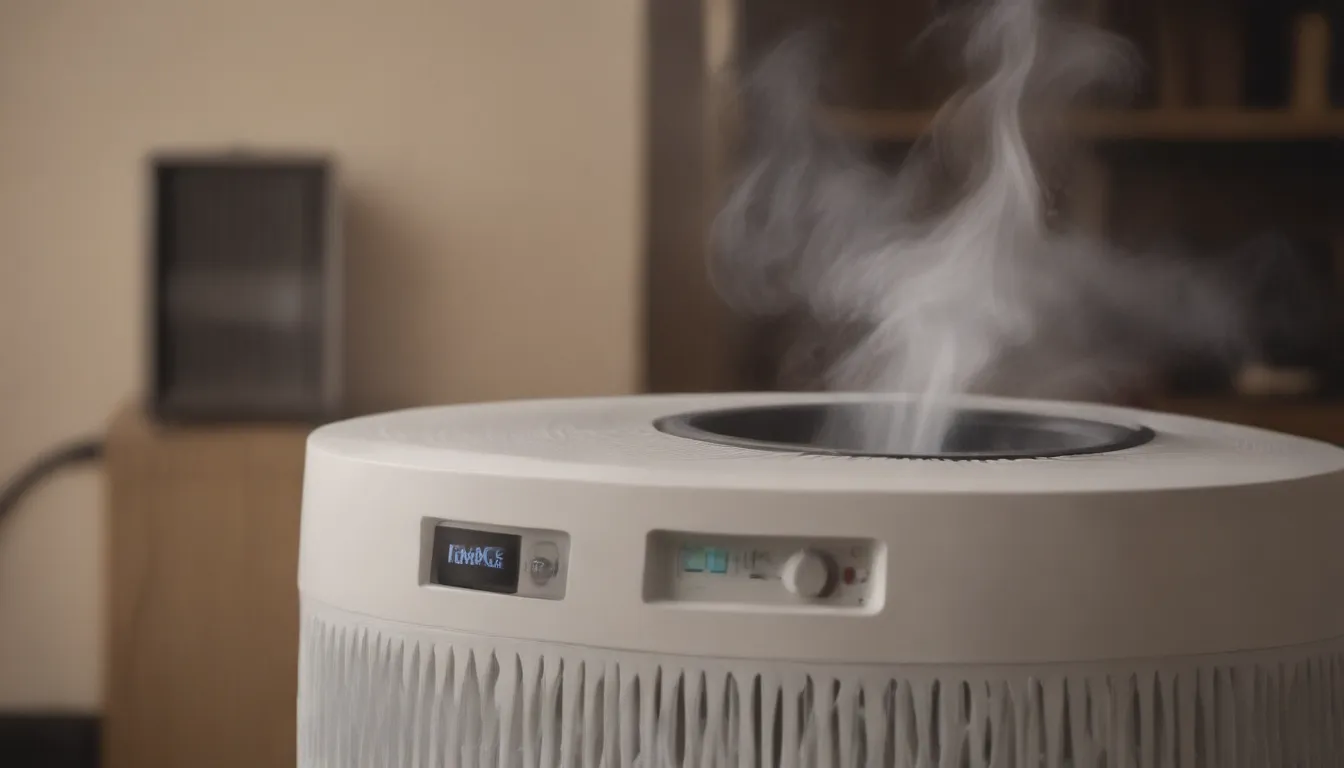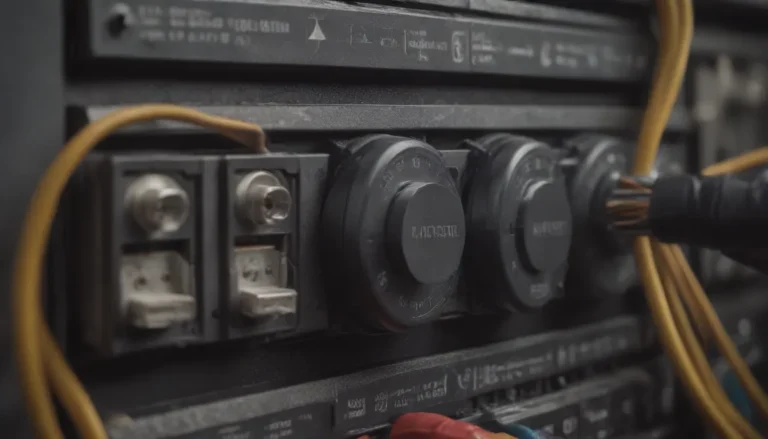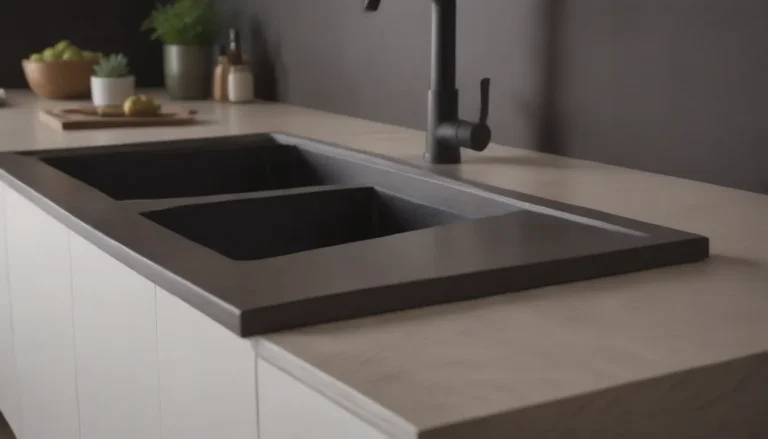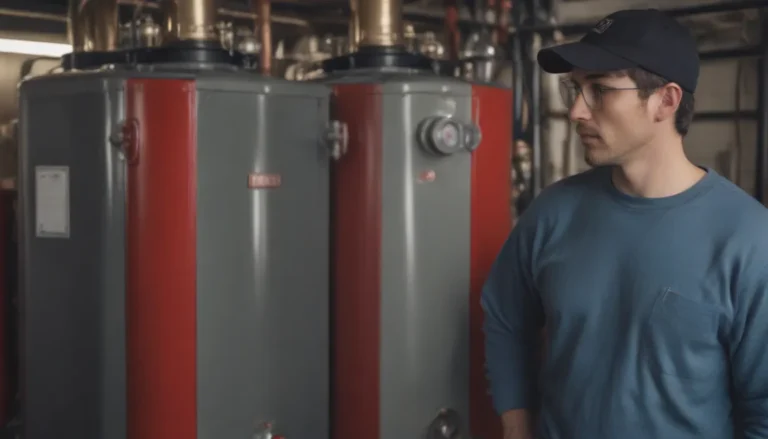Everything You Need to Know About Furnace-Mounted Home Humidifiers

Are you looking to improve the air quality in your home and combat the dryness caused by your furnace? A furnace-mounted home humidifier could be the solution you need. In this comprehensive guide, we’ll explore how these humidifiers work, the different types available, the cost of installation, and the essential components you need to know about. So sit back, relax, and let’s dive into the world of furnace-mounted home humidifiers!
Understanding How a Furnace-Mounted Home Humidifier Works
A humidifier for a furnace, also known as a whole-house humidifier, is a device that connects to your HVAC system to distribute moistened air throughout your home. There are three main types of furnace humidifiers:
- Flow-Through Humidifier: Uses freshwater that flows through the system and drains away.
- Reservoir Type: Features a reservoir of water that moistens a rotating drum.
- Steam Humidifier: Heats water to create steam that is injected into the furnace airflow.
Of these three types, the flow-through humidifier is often considered the best option for furnaces due to its reliability, hygiene, and low maintenance requirements. Typically, a flow-through humidifier is mounted to the furnace’s cold-air return duct and connects to the hot-air supply through a humidifier supply takeoff duct. However, some models are directly mounted to the hot air supply duct without the need for a takeoff duct.
How Much Does It Cost to Install a Furnace Humidifier?
The cost of adding a humidifier to your furnace can vary depending on the type of humidifier and the size of your home. On average, a furnace humidifier can cost between $398 and $753. Smaller models tend to be more affordable, while larger, high-end models can cost up to $2,500. Installation costs can also vary based on location, company, and model.
- Flow-Through Humidifier: $200 to $950 on average for the unit plus installation.
- Reservoir/Drum Type: $100 to $300 on average.
- Steam Model: $500 to $2,200.
Essential Components of a Furnace Humidifier
While there may be slight variations in the components of a furnace humidifier, they all require the following essential parts:
- Water
- Water collection medium
- Blowing air
- Water control valve (solenoid) or float
- Humidistat
Here’s how these components work together:
- Water Tap/Supply Line: Provides water by tapping into an existing cold-water supply line close to the humidifier.
- Water Inlet Valve Assembly (Solenoid): Controls the flow of water to the humidifier and is powered by a transformer mounted to the furnace.
- Water Inlet Feed Tube: Runs from the water inlet valve to the top of the humidifier, delivering water to a distribution trough.
- Humidifier Evaporator Pad/Panel: Disperses water evenly for evaporation and collects mineral deposits.
- Humidifier Drain: Allows water to run off into a drain pan and flow out to a household drain.
- Furnace Humidifier Humidistat: Controls humidity levels, similar to how a thermostat controls temperature.
Do You Really Need a Furnace Humidifier?
While adding a furnace humidifier can help improve air quality and combat dryness, it may not be necessary for everyone. If you live in a warm, humid climate and don’t often use your heating system, a portable humidifier may suffice. Excess humidity in your home can promote mold growth, so it’s essential to monitor your home’s humidity levels throughout the year to determine if a humidifier is needed.
By understanding how a furnace-mounted home humidifier works, the cost of installation, the essential components, and whether you truly need one, you can make an informed decision on whether to add this valuable appliance to your home. So breathe easy, stay comfortable, and enjoy the benefits of a well-humidified home!
Sources:
– Central Humidifiers. International Association of Certified Home Inspectors.
– Humidifiers and Indoor Allergies. American Academy of Allergy Asthma and Immunology.
– Why and Where Mold Grows. U.S. Environmental Protection Agency.





